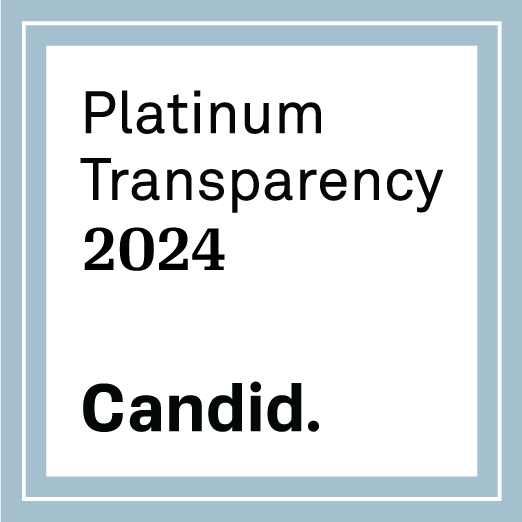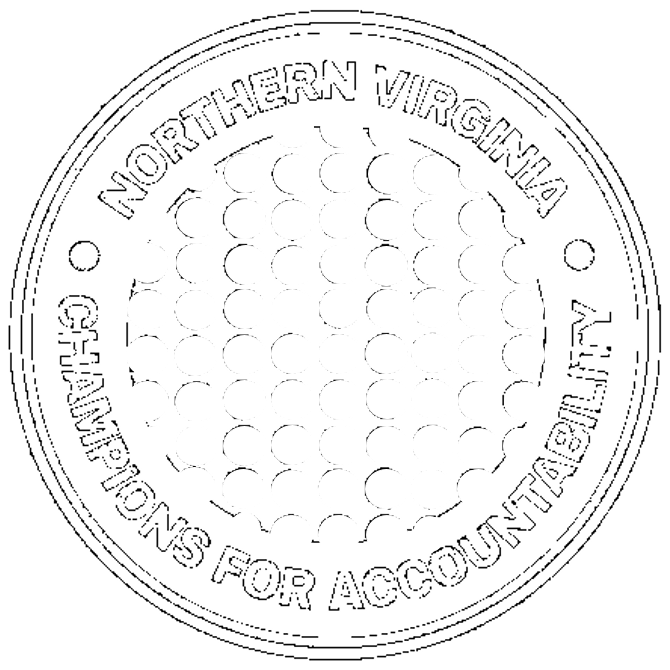By Joshua D. Stillman, CFP®
 What are the greatest needs in Northern Virginia and how can we meet them?
What are the greatest needs in Northern Virginia and how can we meet them?
This thought-provoking question was recently posed at a dinner hosted by the Community Foundation for Northern Virginia. The question resonated with me – how can I help? However, it immediately prompted another personal question in need of answering first: Should I? Should I prioritize making a positive impact locally? Or should I focus on making the broadest impact possible and helping those most in need on a global scale?
Nine months ago, I had the opportunity to join an effort facilitated by the Community Foundation of Northern Virginia called Community Wealth Building. Community Wealth Building (CWB) is an economic development model with the central guiding principle that investing in a robust local economy by helping local communities, encouraging local ownership, and facilitating local business sourcing and consumerism rises the tide for all boats.What first drew me to this initiative was the emphasis on creating solutions for the community, with the community. It aligned very well with the mission of a nonprofit I cofounded, Edge City USA, which focuses on community building in Tysons and the surrounding area (and includes the TEDxTysons programs). We at Edge City believe the “voice of the community” can be an important and underutilized dataset for existing organizations in the community to tailor their resources and programs to meet the needs bubbling up from the community.
After working for several months on the early stages of this initiative, I arrived at my current view on the two questions of “should I?” and “how can I?” What I found out about myself is that while I care about maximizing my impact, I believe the area of focus needn’t be large or global; by focusing on local issues I can concentrate my efforts on highly specific areas of need, more closely interact with those I’m trying to help, learn from the work in order to act more effectively, and observe the results.
Working on local issues has helped me learn how hairy the problems are that we are trying to address and how much time and resources are required to make lasting changes to enduring problems of unequal economic opportunity. After learning more about community wealth building, I believe that this concept can be part of the solution. It is a model that focuses on supporting local economic activity and building lasting assets that promote sustainable change.
This article serves as an update to describe the concept of Community Wealth Building, what our working group has accomplished over the last nine months, what we are currently working on, and we where we are heading.
The Need
Northern Virginia is one of the wealthiest regions in the nation, leading the rest of the country in many success metrics such as median income, education level, home ownership and employment. Fairfax County ranks as the second wealthiest county in the nation behind only Loudoun County, with a median income that is double the national average.
However, averages don’t tell the whole story. Success in the county is unevenly distributed, with pockets of great poverty throughout. 6% of the 1.14 million people living in Fairfax County are in poverty and 30% of public school students are eligible to receive free and reduced lunch. While poverty for a family of four is defined as earning less than $24,600, according to the Fairfax County Community Action Advisory Board, a family of four with two children would actually need $74,082 to meet their expenses for rent, childcare and all other living expenses in Fairfax County. Over 15% of Fairfax County residents are living at 200% of the poverty line, which still does not cover basic living expenses in this high-cost area.
The data become even more glaring if you analyze specific geographic pockets of the region. For example, in Fairfax County’s Human Services Region 1, roughly overlapping with the Mt Vernon District, 6% of residents live below the federal poverty level, 15.5% live at or below 200% of FPL, and 34.2% under $75,000 (household living wage). In Fairfax County’s Human Services Region 2, roughly overlapping with the Lee District, 7.2% of residents live below the federal poverty level and 20.4% live at or below 200% of the federal poverty level.
Given this uneven distribution of wealth, the Fairfax County Board of Supervisors and School Board recently adopted the “One Fairfax Resolution” which “commits the county and schools to intentionally consider equity when making policies or delivering programs and services.” According to the One Fairfax website, “It’s a declaration that all residents deserve an equitable opportunity to succeed if they work hard—regardless of their race, color, sex, nationality, sexual orientation, income or where they live.” This resolution was supported by the Equitable Growth Profile report prepared by PolicyLink and the Program for Environmental and Regional Equity at the University of Southern California that the county’s gross domestic product would have been $26.2 billion higher in 2012 if its racial gaps in income were closed.
What is Community Wealth Building?
One potential model for improving wealth disparity in the region is Community Wealth Building (CWB), an economic development model that strengthens communities through broader ownership and control of local businesses and jobs. The central guiding principle is that investing in a robust local economy, by helping local communities, encouraging local ownership, and facilitating local business sourcing and consumerism, raises the tide for all boats. According to the Democracy Collaborative, who is the pioneer of this model, CWB aims to:
- Increase asset ownership
- Anchor jobs locally by broadening ownership over capital
- Help achieve key environmental goals (including decreasing carbon emissions)
- Expand the provision of public services by strengthening the municipal tax base
- Ensure local economic stability.
These strategies are designed to draw and keep dollars within the community by preventing local financial resources from “leaking out” of an area and by leveraging the use of procurement and investment from existing local “anchor institutions” such as hospitals, universities, foundations, cultural institutions, and city government for community-benefiting purposes.
According to community-wealth.org, there are many tools that can be leveraged in the spirit of community wealth buildings. First, there are economic development vehicles such as community development models such as Community Development Corporations (CDCs), Community Development Financial Institutions (CDFIs), and Community Land Trusts (CLTs). Secondly, there are democratic ownership models such as cooperatives, employee-owned companies, family businesses, and employee stock ownership plan. Lastly, other systematic community development tools such as financial education to encourage individual wealth preservation, development of local food systems, municipal enterprise, and social enterprise can be used to promote community wealth.
Trends that support the CWB philosophy include impact Investing, the “move your money” movement, a renewed emphasis on “buy local” strategies and living local economies, and innovative new corporate structures (such as B Corps).
The Community Wealth Building Initiative For Northern Virginia
Since May 2017, when the topic of Community Wealth Building was introduced at the Community Foundation for Northern Virginia’s Innovation Breakfast Series event, the Community Foundation has been working with a robust team of community leaders to determine the best way to implement Community Wealth Building in our region.
The Community Wealth Building project team’s mission is to facilitate community wealth building by giving Northern Virginia’s economically disadvantaged residents opportunities to live the American Dream and attain financial success and economic stability.
Phase I Outcomes
From September to December of 2017, the team completed Phase I of the project, which was a diagnostic exercise. We researched potential need areas in our region and how Community Wealth Building could be used a tool for helping the most impoverished areas of our county.
The project was made up of four working groups:
Research Team: defined the concept of community wealth building, identified the vehicles used in this model, identified existing infrastructure and assessed which vehicles are most viable for our region.
Data Team: identified the population to serve, endeavored to understand their needs, identified with existing support for impoverished populations in the region, and identified potential gaps in existing support.
Economic Team: identified the current landscape of demand (businesses) and supply (workers/individuals), examining the available occupations and the necessary skills required in the South Fairfax County area and throughout the entire County, as well as, identifying leaders and potential funders.
Advisory Team: set direction, maintained all teams on task, and wrote a final deliverable to include the implementation recommendations for a Phase II project.
Since the data indicated the greatest concentration of poverty near the Route 1 corridor, the project’s research focus was narrowed to “South County”, defined by Fairfax County’s Health and Human Services as Regions 1 & 2 and by political boundaries as Lee, Mason and Mount Vernon districts.
As an outcome of Phase I, we identified disconnected youth and young adults, ages 16-24, as a focus population. According to Measure of America, within Fairfax County in 2016, there were 8,800 (7.2%) “Disconnected Youth” (defined as young people ages 16 to 24 who are not in school and not working).
The team also identified gaps in the system for connecting young people entering careers with the supports to help them qualify for jobs and with opportunities that offer wealth-building features. Recommendations included shorter-term steps to build on existing career pathways supports and longer-term initiatives to create business ownership opportunities by starting up social enterprises and promoting conversion of existing businesses to employee ownership.
Phase II: Where Are We Going
Phase II is focused on community engagement.
Now that we have wrapped our heads around the idea of Community Wealth Building for the region as a team, we want to go out to the community to share what we are working on and elicit ideas from various stakeholders in our community. The goals of Phase II are to:
Build excitement for this work amongst a diverse stakeholder group
Ensure the work is guided by the community and inclusive of multiple perspectives, needs, parameters, and visions
Create a sense of possibility through collaboration
To carry out this work, we are engaging with three separate but extremely important stakeholder groups who will need to be active participants in any community wealth building initiatives employed in the future.
Engaging Youth
In order to understand how best to help out target population (disconnected youth ages 16-24), we believe we need to connect with them directly. We believe that the people we are working to help are the most qualified to know what would best support their success.
Furthermore, engaging our target population themselves and recruiting them to be part of the solution (e.g. source of feedback, participation in working groups, becoming advocates for the cause, and connecting the team with their networks) is at the essence of community wealth building. This is not an initiative done to anyone or offered by policy-makers on high, it is an initiative created and cultivated together.
Our goals for engaging youth are:
Understand and articulate the needs and assets of our target community (disconnected, hard-to-employ youth ages 16-24)
Test what we have learned so far from our Phase I research and receive feedback
Consult and respect the lived experience of those we seek to work with
Recruit champions to take part
We have also worked with Emerging Leaders Institute (ELI) at Leadership Fairfax to host and facilitate focus groups with disconnected youth to obtain direct feedback and gain a better understanding of their needs. Over the last five months, an ELI student team completed over 20 interviews and 3 focus groups. Accompanying findings and recommendations were extremely interesting and pave a path forward to continue the work of engaging our target population.
Engaging Anchor Institutions and Small Businesses
Anchor institutions are nonprofit institutions that, once established, tend not to move location. Think universities, hospital systems, faith-based institutions, community foundations, libraries, museums, and art centers. Emerging trends related to globalization—such as the decline of manufacturing, the rise of the service sector, and a mounting government fiscal crisis—suggest the growing importance of anchor institutions to local economies. Likewise, small businesses tend to serve local needs, hire locally, and benefit from a more robust local economy in which they operate.
With proper motivation, anchor institutions and small businesses have the economic potential to leverage their assets and revenues to promote local private sector development. Some potential ways include:
- Directing purchasing toward local vendors based in the community (e.g. local produce for hospital cafeterias).
- Hiring a greater percentage of their workforce locally.
- Providing workforce training for people needing assistance in the community.
- Incubating the development of new businesses, including social enterprise among nonprofits.
- Serving as an advisor or network builder.
- Leveraging real estate development to promote local retail, employer-assisted housing, and community land trusts.
- Using pension and endowment funds to invest in local job creation strategies and to provide community venture capital for nonprofits, entrepreneurs, and employee-owned firms.
Our goals are to identify and meet with anchor institution and business leaders to:
- Introduce the community wealth building concept
- Recruit enthusiasm to take action
- Elicit ideas for ways forward
Engaging Community Organizations
It would be naïve to ignore the plentiful and great work already occurring to serve our target population of disconnected youth in South County. In Phase I, we began to inventory the nonprofit organizations, the local government agencies and departments, and school system resources already working in our area of interest. While our inventory is not comprehensive, it is a start. In Phase II, we plan to continue this work to directly connect with these organizations and groups to:
- Introduce the community wealth building concept
- Test what we have learned so far from our Phase I research and receive feedback
- Better understand community needs and assets and identify gaps
- Identify potential partners
CWB Systems Map
In addition to engaging these three key stakeholder groups, we are working to establish a high-level systems map of how all the resources of the community exist in an ecosystem to serve disconnected youth. Building off of Phase I research, a systems map will help in capturing the existing work done with disconnected youth in our community and facilitate the identification of collaborative approaches to providing comprehensive service across service providers to facilitate new job skills training, employment opportunities and wealth building initiatives.
How You Can Become Involved
The first way to engage is to learn more about what we are doing. Visit the Community Wealth Building page on the Community Foundation for Northern Virginia’s website. Other great resources can be found on Democracy Collaborative’ s website. Democracy Collaborative is the pioneer of the community wealth building concept and has been advising our team as we stand up our initiative. They have a sister site called community-wealth.org that has great information on community wealth building tools and case studies.
Secondly, if you would like to volunteer your time, expertise, or contacts to help move our initiative forward, feel free to contact me, This email address is being protected from spambots. You need JavaScript enabled to view it. or Sari Raskin, This email address is being protected from spambots. You need JavaScript enabled to view it., our team lead.
Thirdly, share this blog with others. The more people know about the community wealth building concept and what we are working on, the more potential interest and excitement for helping to “raise the region” (to borrow a phase NVCF uses a lot). Community Wealth Building is one way to do so.
We hope to connect soon to talk about this novel and sustainable way of helping the members of the community who need it most.

 Questions?
Questions?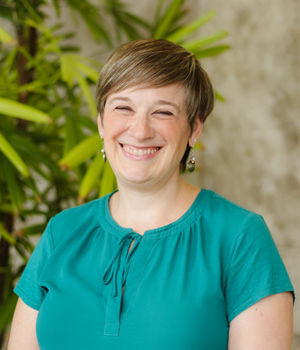 Questions?
Questions?
